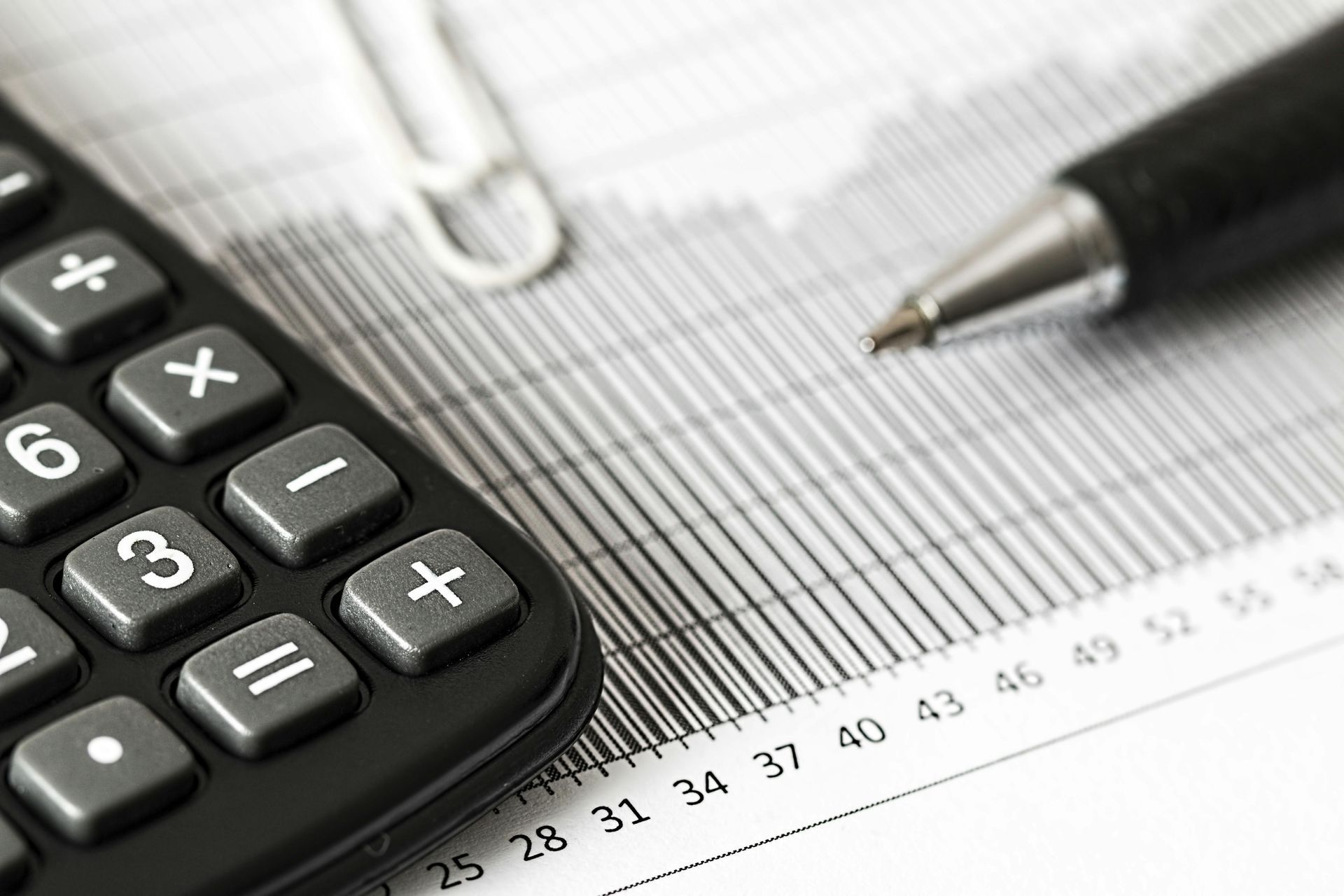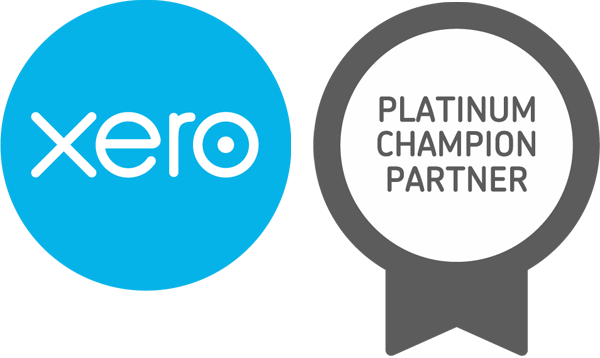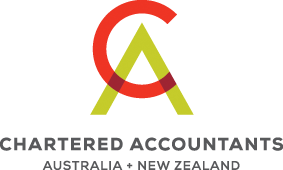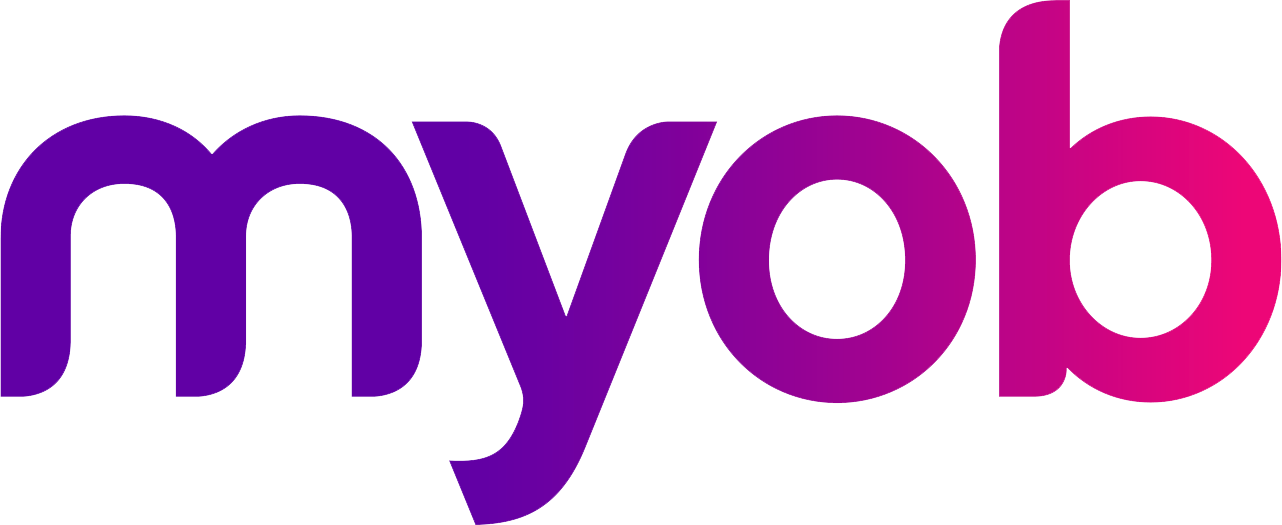FBT and Tax Considerations for End-of-Year Parties and Gifts
FBT and Tax Considerations for End-of-Year Parties and Gifts
As the end-of-year season approaches, it's a great time to celebrate with your employees and show appreciation for their hard work throughout the year. However, it's essential to understand the potential tax implications, particularly concerning fringe benefits tax (FBT), when planning holiday entertainment or gifts for employees.
FBT is a tax employers pay on certain benefits provided to their employees or employees' associates (like family members). When planning a festive gathering, such as a Christmas party, it's crucial to determine if your event might attract FBT.
Here are some key points to consider:
• Location and attendees: If your party is held on business premises during a working day and is only for current employees, you generally won't have to pay FBT on food and drinks. However, if the event is off-site or includes employees' associates, you might need to consider FBT, unless the cost per person is under $300 and deemed a minor benefit.
• Entertainment and gifts: If you provide gifts alongside the party, remember that gifts under $300 per person can also qualify as minor benefits, exempting them from FBT. However, if gifts exceed this amount, FBT may apply.
• Including your clients: Costs related to clients attending your event are not subject to FBT. This means you can invite clients without worrying about FBT implications for their expenses.
When it comes to calculating FBT on entertainment-related benefits, you have a few options:
• Actual value method: This method involves calculating the actual cost of the entertainment provided to employees and their associates. If non-employees are involved, you need to apportion the costs accordingly. For example, if you host a dinner where employees and clients are present, only the portion related to employees is considered for FBT.
• 50:50 split method: If you hire or lease entertainment facilities (such as a corporate box or function room, this method allows you to allocate 50% of the total entertainment leasing expenses to FBT, regardless of whether it's for employees, clients or others. This can simplify calculations but might not always be the most cost-effective approach.
• Meal entertainment valuation: If the entertainment involves meals without recreational activities, you can use meal entertainment valuation methods. Options include the 50:50 split or the 12-week method, where you track meal costs over a period and determine the taxable portion related to employees. Both of these options are based on your expenditure on all meal entertainment for all people during the FBT year.
*Important considerations*
• Recordkeeping: It's essential to maintain accurate records of all entertainment expenses, including costs, recipients and the calculation methods you’ve used.
• Tax deductions and GST credits: Generally, if your event is exempt from FBT, you cannot claim income tax deductions or GST credits for the associated costs.
• Gifts to clients: If you’re giving gifts to clients, it's important to note that these are typically not subject to FBT. However, you may be able to claim a tax deduction for such gifts, provided they aren’t classified as entertainment.









